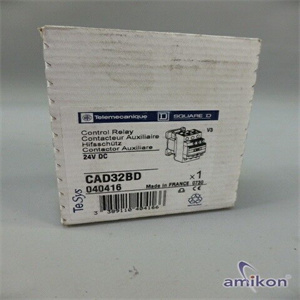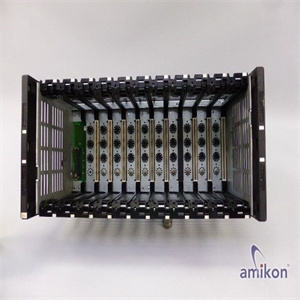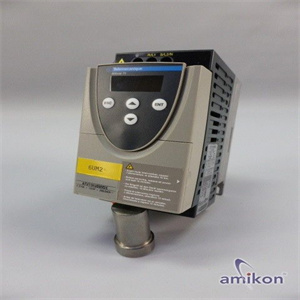
Working principle of radial plunger hydraulic motor: when the pressure oil enters the bottom of the plunger in the cylinder through the window of the fixed oil distribution shaft 4, the plunger extends outward and firmly presses against the inner wall of the stator, because there is an eccentric distance between the stator and the cylinder block. At the contact between the plunger and the stator, the reaction force of the stator on the plunger is. The force can be decomposed into two components, and. When the oil pressure acting on the bottom of the plunger is p, the diameter of the plunger is D, and the included angle between the force and is x, the force generates a torque on the cylinder block to make the cylinder block rotate. The cylinder block then outputs torque and speed through the transmission shaft connected to the end face. In the case of a plunger generating torque analyzed above, because there are several plungers acting in the oil pressure area, the torque generated on these plungers rotates the cylinder block and outputs torque. Radial piston hydraulic motors are mostly used in the case of low speed and high torque. Except for valve type flow distribution, other forms of axial piston pump can be used as hydraulic motor in principle, that is, axial piston pump and axial piston motor are reversible. The working principle of axial piston motor is that the oil distribution plate and swashplate are fixed, and the motor shaft is connected with the cylinder block and rotates together. When the pressure oil enters the plunger hole of the cylinder block through the window of the oil distribution plate, the plunger extends under the action of the pressure oil and clings to the swashplate. The swashplate generates a normal reaction force P to the plunger, which can be divided into axial component and vertical component Q. Q is balanced with the hydraulic pressure on the plunger, and Q causes the plunger to produce a torque to the center of the cylinder block, driving the motor shaft to rotate counterclockwise. The instantaneous total torque produced by the axial piston motor is pulsating. If the input direction of motor pressure oil is changed, the motor shaft rotates clockwise. The change of swashplate inclination a, that is, the change of displacement, affects not only the torque of the motor, but also its speed and steering. The greater the inclination angle of the swashplate, the greater the torque and the lower the speed.







 客服1
客服1